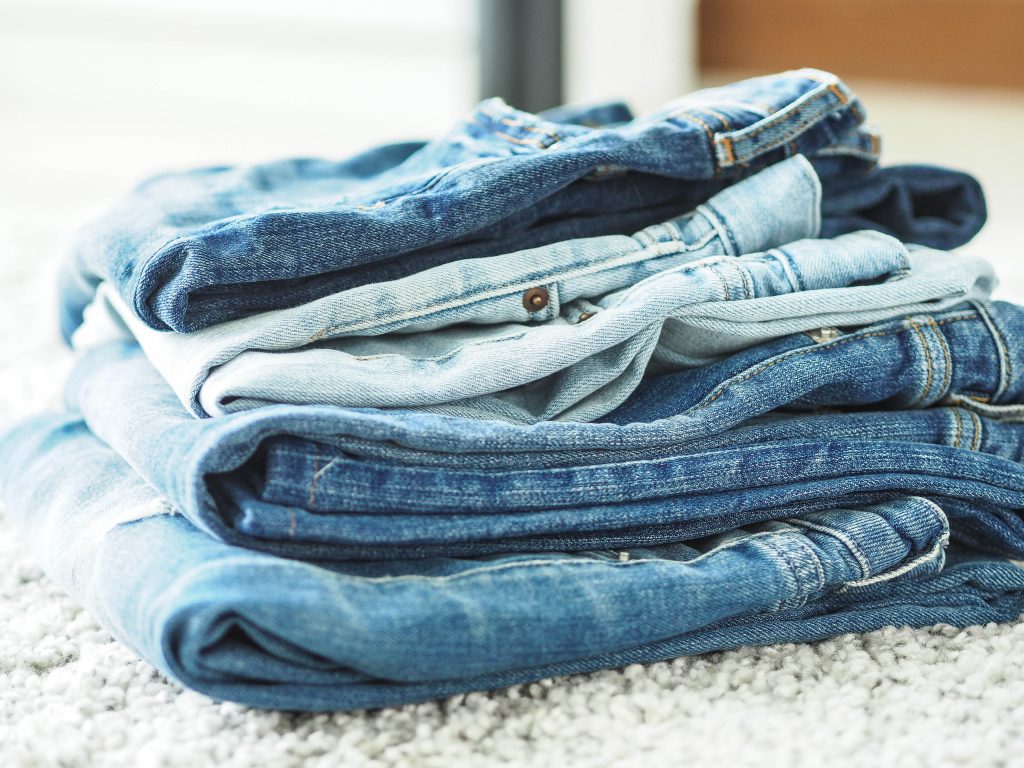Let me break this out to you right from the start: We buy way more clothes than we actually need and wear. Sustainable fashion is becoming a trend as consumers are more interested into durable clothes that are produced ethically. But where does this come from?
Channel News Asia released an article where they revealed that the average Singaporean consumes 34 pieces of brand new clothing each year (most of them come from fast fashion companies) and discard about 27 pieces. Those 27 are not necessarily from the pieces they bought that year, but the fact is that if Singapore has a population of roughly 5 M people and everyone discards 27 pieces of clothing per year, that is 135 million garments that go to waste in Singapore.
Now multiply by population in developed countries in Europe and America and you get billions of tons of clothing. And the saddest part is that a very low percentage gets recycled. In Singapore only 8% and in other countries like the US or UK the digits go up to only 14%-16%.
Unfortunately there is no easy solution to this problem, as it is quite broad. But there is definitely a lot we can do to improve the situation, make better purchasing choices and drive the change towards a more sustainable fashion industry.
I was clearing my wardrobe the other day to find way too many pairs of jeans that looked pretty similar. Do I need 4 pairs of blue jeans? Probably not. Fashion consumerism is getting out of hand.

There is a lot of information out there if you want to dig deeper into this, but to make it simpler I broke down the points where we as consumers can be part of the change:
- Our consumption habits need to change. Fast fashion companies do very clever marketing and make us believe that in order to look good we have to change the way we look ever so often. For this they use bloggers, influencers, e-mail blasts, social media campaigns and other marketing strategies that just get in our minds. They show pictures and videos with beautiful models living a happy life. The underlying message is this: to be beautiful we have to buy new clothes. To be happy we have to buy new clothes. Who hasn’t had a day where you don’t feel your best? Sometimes we look in the mirror and think that we look ugly or fat. Sometimes we just have a sad day. And what do we do? Go shopping, because new clothes will make us feel better. So we buy new clothes and what happens? We don’t feel better. Feeling good and content with ourselves is something we accomplish by work on it from within (eating healthier, exercising, being kind to yourself and to others) and not by acquiring material things.
- Fast fashion companies must put efforts on the working conditions of their employees.The Fashion industry employs millions of people in developing countries because the labor costs are cheaper. Some of those big companies try hard to hire suppliers who offer good working conditions to their employees, but at the same time it can be difficult to control due to distance and lack of transparency of local companies. By asking ourselves who made our clothes, asking the companies and letting them know that we care about the working conditions of the people that make the clothes we buy, we put pressure on the industry to increase their efforts on corporate social responsibility. Take a look at social media, look for the hashtag #whomademyclothes and see the amount of responses this campaign has generated. If you approach a employee in any store and ask them -Who made this? -Where is this made?, they may not even know but eventually they will ask their manager and the manager will have to go to the director, and the questions will have to get answered. Get curious. It does work.
- Clothing factories must invest in less hazardous procedures to manufacture clothes. From fabric processing to dying techniques using less chemicals. The problem is that less harmful procedures cost a lot of money. Companies need to get certifications to proof that their factories comply and those certifications are very expensive. If there is no demand of clothing made out of organic or recycled fabrics the companies will not invest in them. But if we, as consumers, instead of buying a regular T-shirt we buy one made out of organic cotton for example, that company will see the increase of demand of T-shirts made out of organic cotton. Any smart purchasing manager will modify their budget the following season to allocate less money into regular fabrics and more money into organic fabrics. Good old supply and demand.
One thing is for sure, the more I know about how harmful the fast fashion industry is, the more I want to be part of the change. Fashion is way too nice to be part of such horrible practices.
Do you want to know how to start shopping more consciously? Here are some tips that you can start implementing today. Type in the comments below what are your tips to shop more consciously, I would love to know!




Leave a Reply
You must be logged in to post a comment.